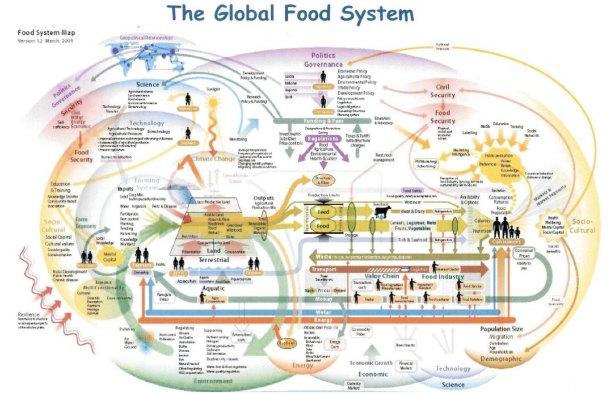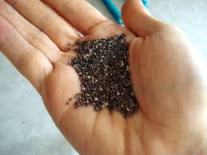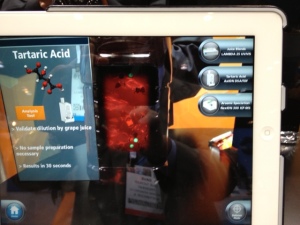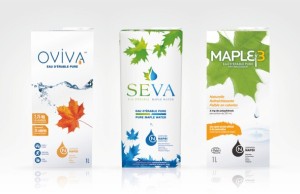[NOTE: If you are getting this post in an email, click on www.thearmchairmba.com to see the accompanying graphics.]
I recently participated in an IFT (Institute of Food Technologists) workshop on the long-term future of our food supply. These are the same food scientists that midwived the difficult births of Count Chocula, Betty Crocker and Chef Boyardee, but they have also developed fortified, functional and better for you foods and beverages. And they play a critical role in defining our food future. (I previously wrote about IFT’s FutureFood2050 initiative).
You may think: How complicated can food be? Haven’t we been farming, shipping, making and eating for quite a while now?
It turns out that managing the food supply to meet future consumer, economic and regulatory needs is about as simple as airline scheduling logistics.
And as the workshop revealed, it will only get more complicated going forward. Why?
First, consumer demands continue to increase: lower cost, variety, customization, easier/faster shopping, nutrition, natural, sustainable…and of course great tasting. Not all simultaneously compatible.
Second, farmers, manufacturers and distributors are pressured to meet these needs and still make a profit.
Finally, innovations, often seemingly not food-related, will play a critical role as the food industry evolves.
This future could be very interesting.
Consider these trends /technologies that might impact the future of food, all of which are happening now:
– Farm drones/robots/blimps – – to monitor crop conditions continuously, greatly increasing farming efficiency
– Resource-sharing – – rather than time-sharing a car, how about meat-sharing a cow? More accurately matching supply to demand.
– Crowdsourcing product design – – leading to higher success rate of new products
– Versatile manufacturing – – economical short production runs, allowing more customization
– Urban farming – – new technologies enable repurposing declining urban areas (Detroit-like)
– Automated delivery – – driverless delivery to homes (drones, copters) – taking cost and time out of supply chains
– Rise of B Corporations – – (“a new type of company that uses the power of business to solve social and environmental problems.”) Transparency in social benefit, an additional differentiator.
– Shorter IP protection – – forcing faster innovation and creating increased competition
– Remote smell – – transmitting tastes/smells through the internet, making product development quicker and more successful. (Were this previously available, we may have been able to avoid Brussels sprouts.)
– Genetic consumer cohorts – – low-cost genetic typing enables segmenting consumers by health-driven factors like allergies, facilitating meeting needs of key segments.
– Expanded definition of acceptable food – – e.g. ground insects as source for cheap, high efficiency protein, creating an affordable ingredient for billions, and one heck of a marketing challenge for some.
What does all this mean?
Well, we don’t know yet. That’s why they call it the future.
One set of outcomes could be:
- Greater ability for consumers to quickly get foods customized to their wants/needs
- More tools for farmers, manufacturers, retailers and distributors to drive down costs
A parallel set of outcomes could also be:
- Benefits limited to those who can afford customization and speed (and the tools that enable them)
- A more commoditized supply chain complementing the customized offerings, with lower cost, slower delivery and less choice – – for those who cannot afford (or just do not value) the more tech-enabled offerings
There would likely be huge collateral impacts, like increased complexity in regulation, labeling and distribution; new retailing models, etc.
Like it or not, food science and technology professionals will need to be prepared to meet these potential future challenges.
The rate of change in the food industry is accelerating. I’m all for it, as long as there’s still bacon.



























